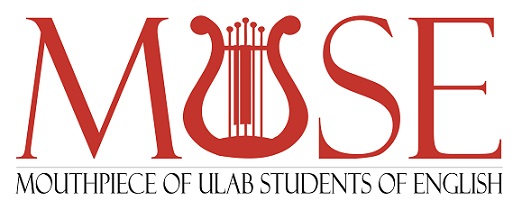Tanisha Mahmud Salam Rebash
I think we can take Bhatiali or Bhatiyali as an example that was previously thought to be a representative of what was usually esteemed as “low culture”, but gradually turned out to be an integral part of the “high culture” for the 21st century both in Bangladesh and West-Bengal. It is known as river songs (or related to rivers as a metaphor), mostly performed by boatmen while they go down streams of the river. This genre of music has changed its position and status with the help of technology and fusion, and has been converted to be a prestigious genre of Bengali folk-songs. It is mostly sung in several parts of greater riparian Bengal delta. Researchers have claimed Mymensingh District along the Brahmaputra River or the Bhati (lower region of a river) area as its place of origin. Bhatiali lyrics are traditionally about boating, fishing and rivers. Amongst the 14 subjects of folk music in Bangladesh, which also includes Deha-tatva (about the body) and Murshid-tatva (about the guru), Bhatiali deals with Prakriti-tatva (about nature).
Although it has taken quite a long time to reach its current position, still Bhatiali songs got the global appreciation and approval by getting associated with some notable collectors, composers and writers, starting from the beginning of the 20th century. The prominent names of the genre in Bangladesh would be Miraz Ali, Ukil Munshi, Rashid Uddin, Jalal Khan, Jang Bahadur, Shah Abdul Karim, and Umed Ali. Between 1930 and 1950, Bhaitali has seen its golden age, when most of these personalities were contributing to the genre. Singer Abbas Uddin made it all the more popular by singing “Amay bhashaili re, amay dubaili re” and other well-known pieces. In the 2000s, Malay Ganguly and Bari Siddiki were two most prominent Bhatiali singers.
In the contemporary subcontinental music scene, Saurav Moni is also eminently known as an international Bhatiali performer from India. He hails from Hingalganj, southernmost part of West Bengal. He has unearthed a distinct style of Bhatiali from Southern Bengal and added them with the mainstream Bhatiali, which was capable of drawing attention and expand further the horizon of its exposure. Recently, Moni left the audience spellbound on the set of MTV Coke Studio (Season 1, 2011) singing a rare Bhatiali “Shara Raatro Nouka Baiya” along with the Bollywood singer, Shaan who sang “O Majhi re”. Saurav Moni here, performs internationally. He has presented Bhatiali in various festivals like Celtic Connections, Scotland, Alchemy Festival, London, Lok Sangeet Samoan, Delhi, Shrewsbury Folk Festival, Shropshire UK, Jaypur Literature Festival, Rajasthan India, Festival, France etc. He is also known as a collector of rare folk songs, vocal archivist and researcher of unexplored folk genres of Bengal.
Accompanied with all the remarkable musicians, composers, and song-writers, from the modern period till now, Bhatiali songs have earned not only national but also international acknowledgement worldwide.
The history of Bengali art and culture itself is a faithful witness of the Bhatiali songs’ radical and successful metamorphosis. Therefore, this transformation has put this wonderful genre of folk-songs to a higher-rank, from a mode of expression of the common local song labeled as the “low culture”, into a sophisticated, elegant, and a highly-praised family member of the “high culture”. So, in my opinion, Bhatiali songs are not only the true representatives of the authentic and traditional Bengali culture, for they are also the pride of our Bangaliana or national-identity.

